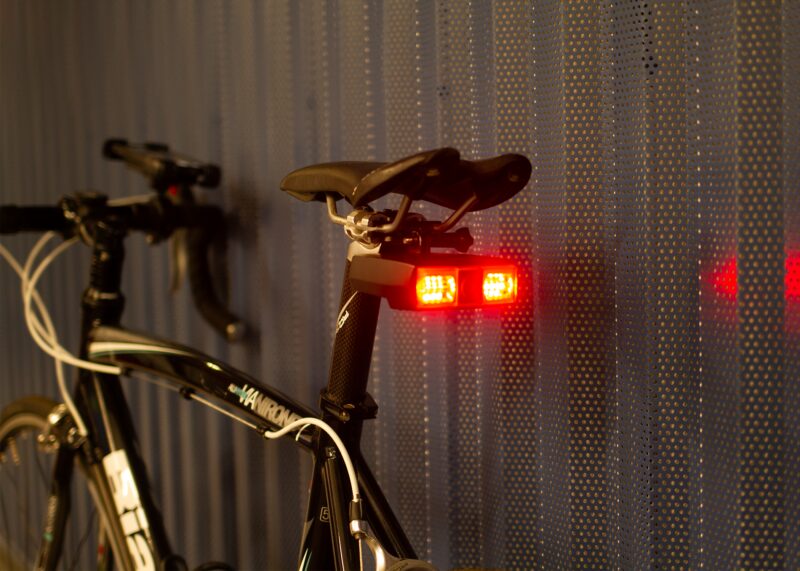
The Raspberry Pi Compute Module 4 is low-cost, low-power, compact, and high-performance, serving as the core of Velo AI’s first road safety product, which alerts cyclists to the movement of vehicles behind them.
Founded in Pittsburgh by robotics expert Clarke Haynes and AI expert Micol Marchetti-Bowick, Velo AI’s core mission is to enhance traffic safety through smart technology. Both have backgrounds in providing autonomous vehicle technology for companies like Uber and are trying to apply similar AI algorithms to assist cyclists. Alison Treaster complements the core team, leading business partnerships and community building for the startup.
Velo AI’s first product, Copilot, is an AI-driven bicycle light and camera. Based on the Raspberry Pi Compute Module 4, it can detect and distinguish nearby vehicles, understand when a vehicle is about to overtake, and identify aggressive or distracted drivers approaching dangerously—at which point it alerts both the cyclist and the driver with audio and visual warnings to help prevent dangerous situations and collisions.
Challenges
Recognizing the limitations of existing bicycle cameras and vehicle detection devices, the Velo AI team aimed to create a more sophisticated AI-based alternative to improve cyclist road safety.
Haynes cites that devices like the Garmin Varia, which are radar-based, “cannot determine whether a car or a bus is behind you. And for cyclists, being overtaken by a Toyota Corolla is very different from being overtaken by a large municipal bus.” Additionally, he notes that radar can only perform radial measurements: “Radar can tell you if something is approaching you, but it cannot tell you if something will overtake you in ten feet or one foot of space.”
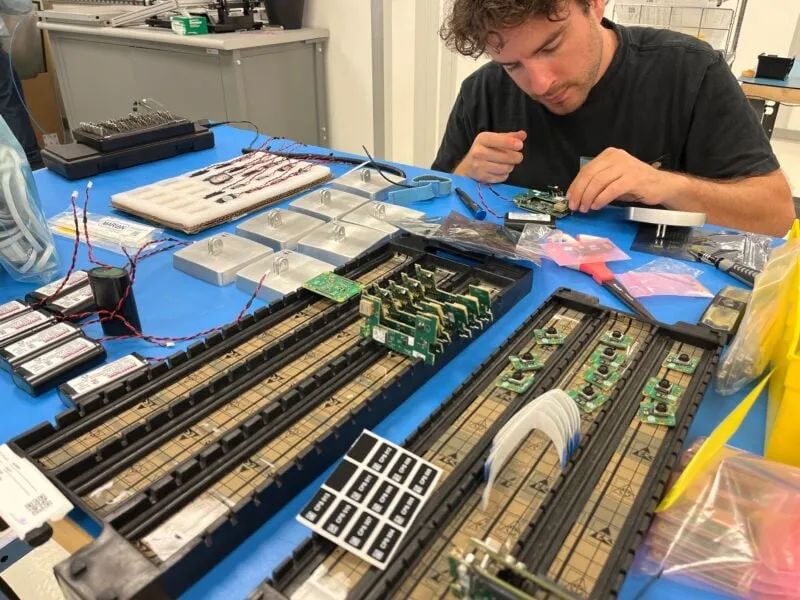
The goal is to create a device that can inform cyclists about “more things happening in the world and do many things that radar cannot do.” This device needs to assist cyclists by providing situational awareness and alerts about nearby vehicles. This includes the ability to utilize computer vision algorithms to differentiate between types of vehicles, estimate their relative speed, and recognize and predict driver behavior.
The first step in developing the Copilot AI algorithm was to collect vast amounts of data from rides around various types of roads, focusing on interactions with vehicles. During this process, a test group of Pittsburgh cyclists (from commuters to leisure riders) provided assistance, receiving free prototype devices for testing.
Although the Velo AI team has extensive experience in the autonomous vehicle field, creating and selling a brand new physical product poses a steep learning curve. “For us, it has been a huge challenge to invest energy and figure out how to assemble a hardware product,” Haynes admits. “So how weatherproof does this product need to be? How do we design a lens that focuses light for a bicycle light?”
Assembling a camera, LED lights, electronics, and a battery into a compact, lightweight package is a significant challenge. The device also needs to be powerful enough to run the AI neural network but consume relatively low power to enable longer cycling sessions.
Solutions
The Raspberry Pi Compute Module 4 is effectively the brain of Copilot, running the neural networks required for device computer vision with the assistance of a custom Hailo AI co-processor. A fixed-lens Arducam camera is used to record video clips.
Copilot is equipped with a mount that secures it to the bicycle’s seat post or saddle rail, with the camera facing backward. The AI analyzes real-time video footage and triggers custom alerts based on the type of driver behavior detected—audible alerts for cyclists and flashing LED light pattern alerts for drivers behind.
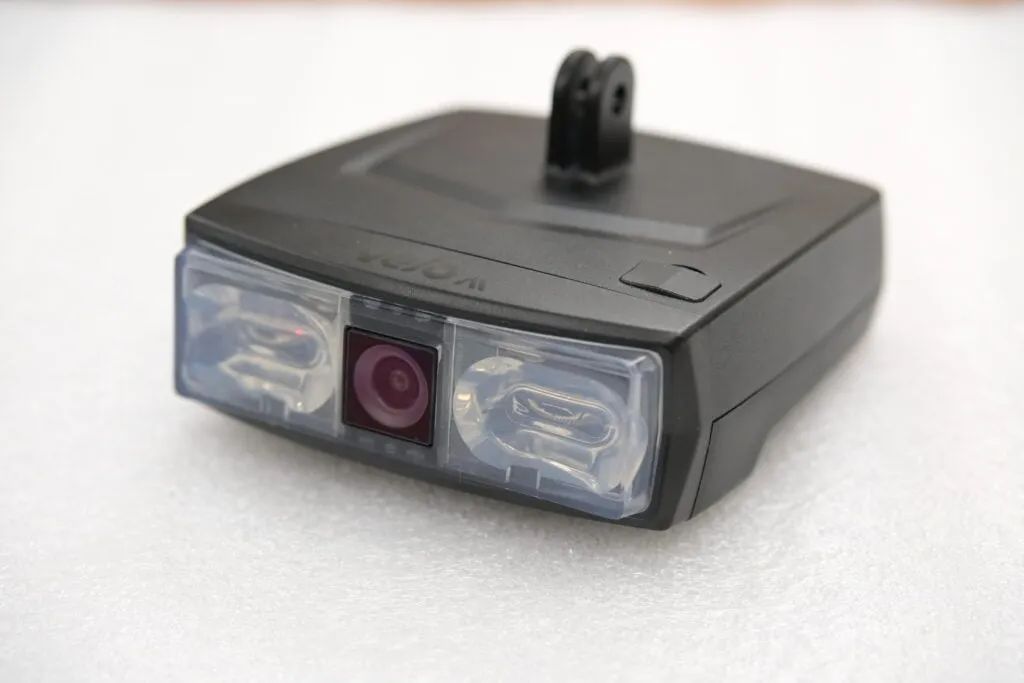
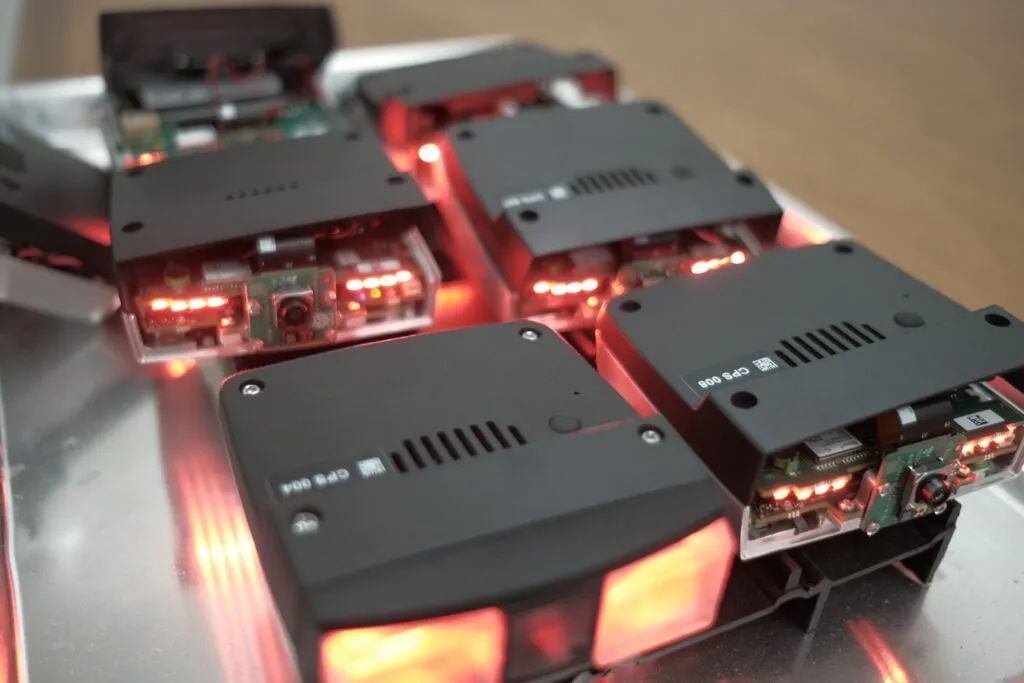
It can detect three categories of vehicle behavior and trigger different alerts. Marchetti-Bowick explains: “The ‘following’ behavior means ‘a vehicle is behind you but not accelerating toward you.’ ‘Approaching’ means a vehicle is accelerating relative to you: ‘It is getting closer to you… it can be directly behind you or in an adjacent lane. The third category is ‘overtaking’: ‘This is when we believe a vehicle is about to overtake you. This is the interaction where you, as a cyclist, need to pay the most attention.’
Additionally, the device can connect to a companion app on a smartphone, which can be mounted on the bicycle’s handlebars to display a simplified road view and the location of nearby vehicles. Users can also download ride footage through the app.
The device is powered by a rechargeable dual-cell lithium-ion battery. Copilot’s power consumption is only 4-5 watts, equating to around 5 hours of battery life.
Why Choose Raspberry Pi?
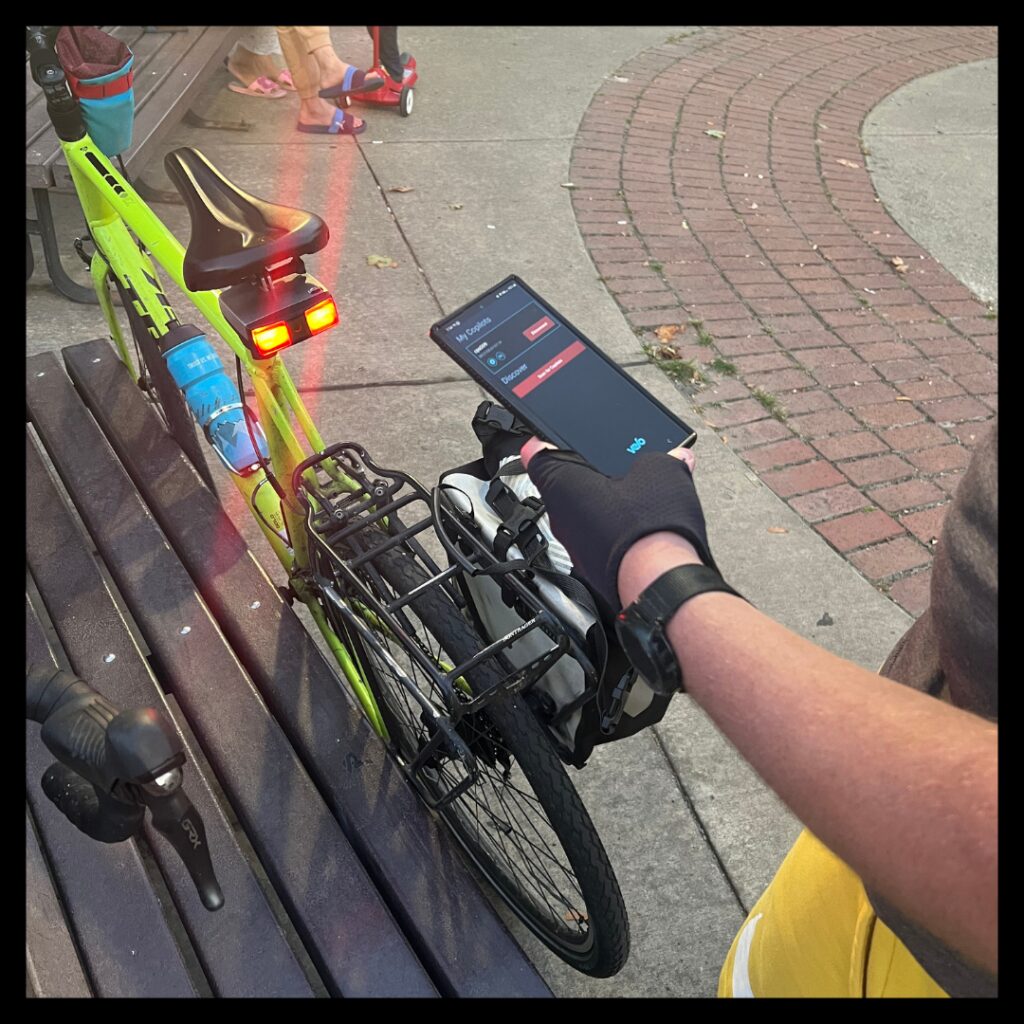
Haynes says the team initially experimented with Nvidia Jetson boards for the Copilot prototype but found them too expensive and the GPUs too power-hungry. “To run the GPU at full speed, even Jetson… it takes 10 to 20 watts. We wanted people to be able to ride for four or five hours, so we needed a battery to power 10 watts, which would generate too much heat and be too heavy (because a larger battery pack would be needed). That’s the real reason we chose Raspberry Pi.”
Before Velo AI collaborated with contract manufacturers and Raspberry Pi design partner Hellbender, the first circuit board was very simple: “We plugged the CM4 on one side, the M.2 Hailo on the other, and connected the camera. We had everything we needed to prove the computing stack worked. Since then, the CM4’s performance has advanced significantly. But in fact, the CM4 is a standalone discrete component that works well on its own; we can use all its features, including Wi-Fi and Bluetooth. This was very beneficial for us as we were just starting out.”
To run AI at ultra-low power, they added a Hailo AI co-processor: “The combination of Raspberry Pi and Hailo makes prototyping and development exceptionally easy,” Haynes says.
Results
Copilot has attracted various types of cyclists, Treaster says. “There is no specific customer persona, but they want to support making the streets safer because they frequently use the streets as cyclists.” Potential customers also include parents and spouses concerned about cyclists in their lives and wanting something to keep them safer on the road. “We have many people saying, ‘I would buy this for my son or daughter, I would buy this for my husband.’
Haynes says the device has become an essential tool for some cyclists because it enhances their awareness. “We have received great feedback from early customers who don’t like riding without this device.”
The team hopes Copilot can bring broader social benefits. “Haynes points out: ‘The primary reason people don’t ride bikes is a lack of safety.’ Therefore, our goal is to get more people cycling, enabling them to ride more because they feel safe.”
Data collected from the Copilot device can also provide useful insights for local governments and road safety organizations, making cycling safer in cities and towns. Haynes says: “We are working with the city of Pittsburgh,” adding, “We will deploy dozens of these Copilots among the cycling-to-work crowd and use this data to inform where we need to improve bike infrastructure.”
Treaster reveals that another pilot program is planned for Roanoke, Virginia. They are launching a ‘Vision Zero’ initiative (the ultimate goal is to achieve zero deaths for pedestrians and cyclists). They say, “It would be great to gather any cycling-related data before legislation passes, like we need to give cyclists three feet of space when passing them.” Then data can be analyzed post-legislation to understand the impact on driver behavior.
“Haynes adds: ‘We are absolutely interested in using as many of these devices as possible and leveraging this data to make cycling safer.’